
-
Find the right food for your petTake this quiz to see which food may be the best for your furry friend.Find the right food for your petTake this quiz to see which food may be the best for your furry friend.Featured products
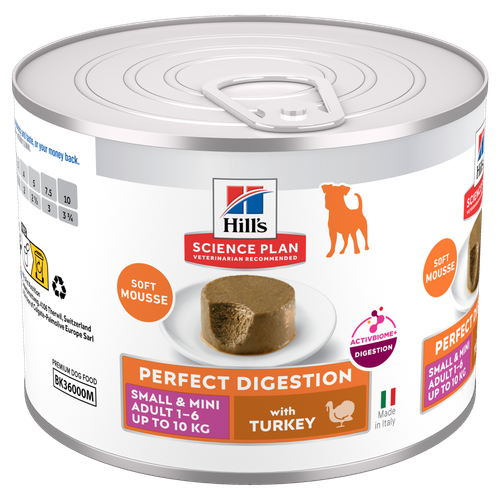 Perfect Digestion Small & Mini Adult Dog Food
Perfect Digestion Small & Mini Adult Dog FoodHill's Science Plan Perfect Digestion Small & Mini Adult Dog Food with Turkey is a complete premium pet food for small breed adult dogs aged 1–6 years. This deliciously smooth mousse is precisely balanced to deliver the appropriate amount of energy and to support digestive health in adult, small breed dogs.
Shop Now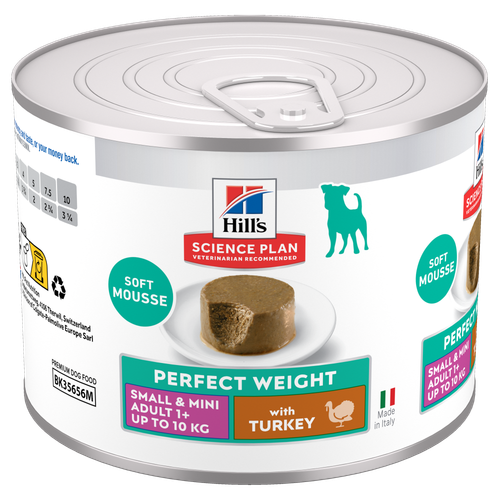 Perfect Weight Small & Mini Adult Dog Food
Perfect Weight Small & Mini Adult Dog FoodHill's Science Plan Adult Small & Mini Dog Food with Turkey is a complete premium pet food for adult small dogs from 1 year old that are prone to weight gain or slightly overweight. This deliciously smooth mousse is formulated to deliver the appropriate amount of energy to support weight maintenance in adult dogs.
Shop Now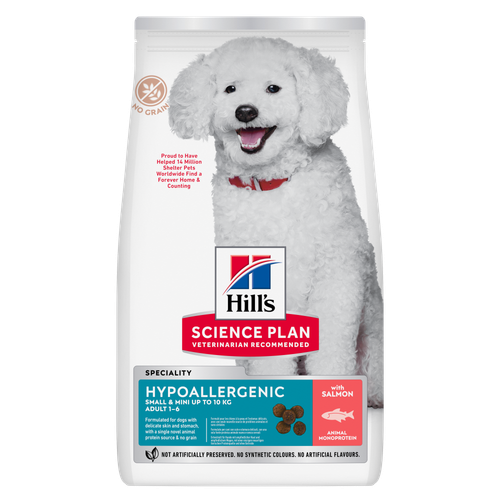 Hypoallergenic Small & Mini Adult Dog Food
Hypoallergenic Small & Mini Adult Dog FoodHILL'S SCIENCE PLAN Hypoallergenic Small&Mini Adult dog food with Salmon is complete pet food for adult small dogs 1–6 years old. It's formulated for dogs with delicate skin and stomach, with limited high quality novel protein sources & no grain.
Shop NowFeatured products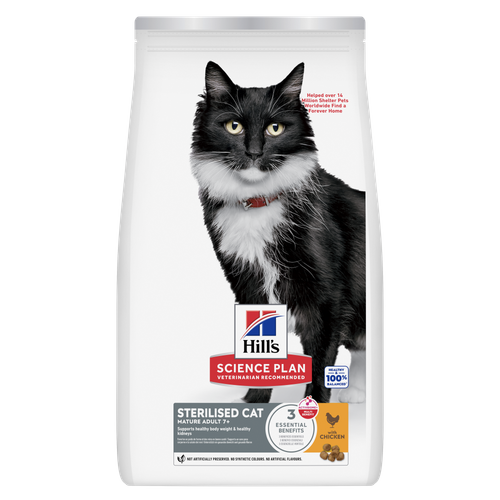 Sterilised Mature Adult Cat Food
Sterilised Mature Adult Cat FoodHill's Science Plan Sterilised Cat Mature Adult Cat Food with Chicken is specially formulated with ActivBiome+ Multi-Benefit Technology. It is a precisely balanced nutrition tailored to meet the needs of mature adult sterilised cats, ages 7+, and to promote graceful ageing.
Shop Now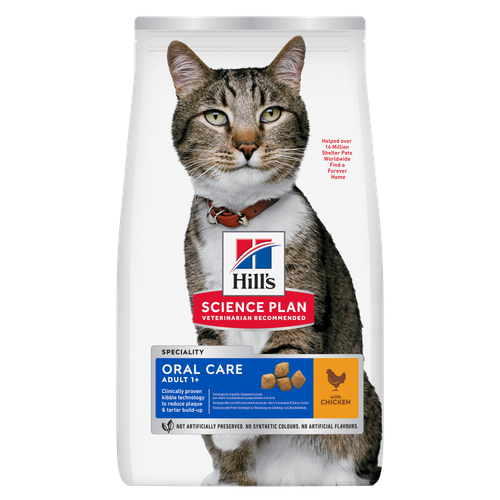 Oral Care Adult Cat Food
Oral Care Adult Cat FoodHill's Science Plan Oral Care Adult Cat Food with Chicken contains clinically proven kibble technology to reduce plaque & tartar build up.
Shop Now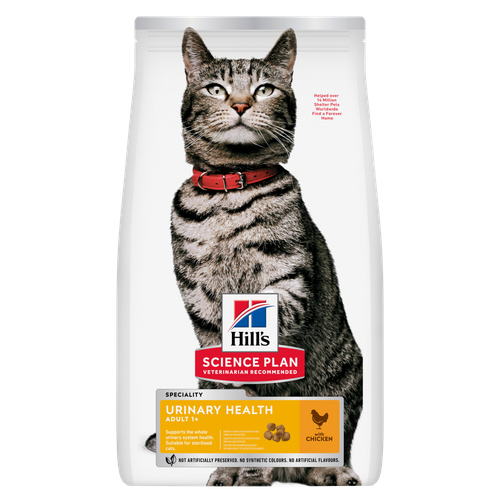 Urinary Health Adult Cat Food with Chicken
Urinary Health Adult Cat Food with ChickenHill's Science Plan Urinary Health Adult Cat Food with Chicken supports the health of the whole urinary system. Suitable for sterilised cats.
Shop Now -
Dog
- Dog Tips & Articles
-
Health Category
- Weight
- Food & Environmental Sensitivities
- Urinary
- Digestive
- Joint
- Kidney
-
Life Stage
- Puppy Nutrition
- Adult Nutrition
- Senior Nutrition
Cat- Cat Tips & Articles
-
Health Category
- Weight
- Skin & Food Sensitivities
- Urinary
- Digestive
- Kidney
-
Life Stage
- Kitten Nutrition
- Adult Nutrition
Featured articles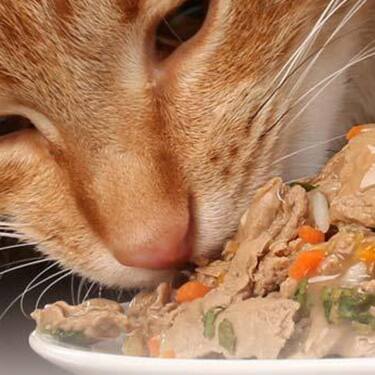 Tips For Mixing Wet And Dry Pet Food
Tips For Mixing Wet And Dry Pet FoodDiscover tips for mixing wet and dry pet food to ensure balanced nutrition and variety for your pet. For comprehensive feeding advice, visit Hill's Pet UK.
Read More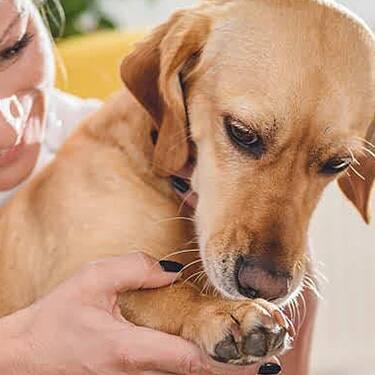 Virtual Vet Visits: What You Need to Know
Virtual Vet Visits: What You Need to KnowLearn the ins and outs of a televet appointment before you talk to a vet online.
Read More Develop your gut instinct | Hill's Pet
Develop your gut instinct | Hill's PetDigestive disorders can affect any part of the digestive system, from the stomach, small intestine and through to the large intestine.
Read More -


See the world through their eyes
Small dog breeds are understandably popular, slotting into our lives and homes without taking up too much precious space, but we do need to consider how the world looks from their point of view. Try to get down on your dog’s level – literally – and take a good look around. Does the sofa loom high overhead? Does the slippery kitchen floor seem to extend for miles? Do even the children look like scary giants to your small dog? This is your dog’s environment, so it’s important to see things from their perspective. Ask yourself a few key questions:
Do things look a little scarier from down here? When people and household objects loom high overhead, it can get a bit intimidating – think of a hoover that’s bigger than you are to get an idea of how your dog may feel.
How far away from primary rest or play areas are essentials such as the water bowl? A short sprint or marathon distance?
If your dog is allowed on the furniture, how far do they have to jump? Would your dog benefit from a step that leads up to furniture?
All shapes and sizes
Small and miniature breeds are a celebration of the wide variety of the mini canine forms. Some are compact and sturdy, like Jack Russell Terriers or West Highland White Terriers. Others, such as Italian Greyhounds, Prague Ratters and Chihuahuas, can be quite sensitive and delicate, naturally requiring gentle handling and careful treatment.
There are several breeds that have very distinct features, such as the iconic long-backed Dachshund, round-headed Japanese Chin, or the hairless Chinese Crested. Beware of breeds like this. Distinctive features are often extreme compared to ‘normal’ dogs, and all these features can have a detrimental effect on the health and welfare of dogs. By all means choose a small breed, but look for those that are not teeny tiny teacup versions and choose breeds with normal proportions and coats.
Whatever your dog’s size and shape, be sure to take their needs into account when considering things like the size and shape of their bed, food and water dishes, lead and collar or harness type, temperature requirements, and more.


Tasty Tips
Small dog syndrome
Being a small dog in a big world can be a challenge. However, small dogs very often get away with naughty or dangerous behaviours that would never be tolerated in their larger breed counterparts. These little Napoleons often first use these behaviours as a kind of defence mechanism, but it can quickly turn to habit if not corrected early on. Owners should keep in mind that pulling on the lead, running away when called, snarling, or biting are all equally bad behaviours whether coming from a 2kg Chihuahua or a 50kg Rottweiler. In both cases, the right socialisation and training can work wonders.
Learning and practising appropriate behaviour in a wide variety of situations from an early age will help a dog of any size feel reassured and relaxed, helping prevent behaviours that are undesirable or downright dangerous. Seek help from a reputable, reward-based trainer who knows your breed, or search for a local obedience class.
Less means more
Small breeds have different calorie requirements than large dogs. Since they have more surface area per kg than large dogs, they typically expend energy at a faster rate for normal body functions like keeping warm. They also spend more energy on simply getting around. Walking down to the end of the block may cost your neighbour’s Labrador 100 steps, while your Lhasa Apso may need 400 to cover the same distance.
Small dogs may need more calories per kg of body weight daily than large dogs do, but they should still be safeguarded against gaining too much excess weight. Obesity is just as dangerous for small dogs as it is for big dogs.
Pocket-sized puppies
These tiny tots need more calories per gram of body weight, and can’t stockpile energy reserves in the way larger breed pups can, so they require more frequent calorie-dense meals.
Mini and small breed puppies should be fed small meals frequently throughout the day to compensate for their small stomach capacity and rapacious need for energy. Read food labels for optimal feeding amounts and ask your vet for advice tailored to your individual puppy’s needs.
As with any breed, small pups should be protected but not babied. Although it may take a stout heart to look a fluffy little Cavalier King Charles Spaniel puppy in its big brown eyes and say no, it must be done. Early training for small breed dogs sets the stage for a more relaxed, dependable, and better-behaved canine companion later on.
Living long and well
Small dogs often live significantly longer than their large and giant breed counterparts. Maltese, Chihuahuas, Yorkshire Terriers and Miniature Dachshunds are all known to live to be over 12 years old. The median lifespan for Miniature Poodles and Border Terriers is nearly 14 years of age, with the maximum reported to be nearly 20 years of age.
This long life is very often combined with city dwelling, and small dogs need extra protection to maintain good health well into their golden years. In between regular trips to the vet, small dogs can really benefit from extra antioxidants to help their bodies combat the effects of ageing and urban life.
Feeding the right food
Always make sure you feed a good-quality, complete and balanced food suitable for your small or mini dog. The choice can be a bit daunting, so speak to your vet about what they recommend and how much to feed to keep your little friend in tip-top condition.
Reviewed by Dr. Emma Milne BVSc FRCVS


One of our staff authors prepared this article for you
Related products
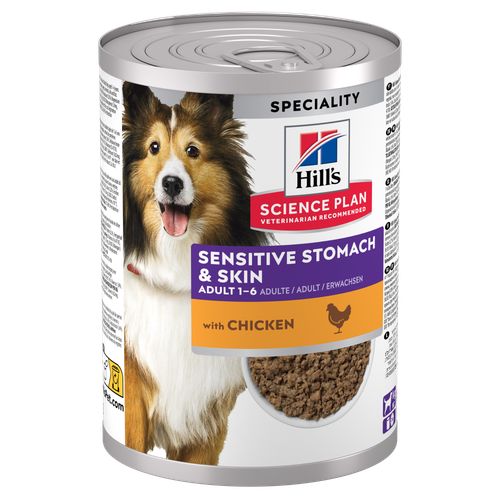
Hill's Science Plan Sensitive Stomach & Skin Adult Wet Dog Food with Chicken is a complete premium dog food for adult dogs from 1 year. This savoury tinned loaf is enriched with ingredients that support digestive health & skin care.

Hill's Science Plan Adult Small & Mini Dog Food with Turkey is a complete premium pet food for adult small dogs from 1 year old that are prone to weight gain or slightly overweight. This deliciously smooth mousse is formulated to deliver the appropriate amount of energy to support weight maintenance in adult dogs.

HILL'S SCIENCE PLAN Hypoallergenic Small&Mini Adult dog food with Salmon is complete pet food for adult small dogs 1–6 years old. It's formulated for dogs with delicate skin and stomach, with limited high quality novel protein sources & no grain.

Hill's Science Plan Perfect Digestion Small & Mini Adult Dog Food with Turkey is a complete premium pet food for small breed adult dogs aged 1–6 years. This deliciously smooth mousse is precisely balanced to deliver the appropriate amount of energy and to support digestive health in adult, small breed dogs.
Related articles
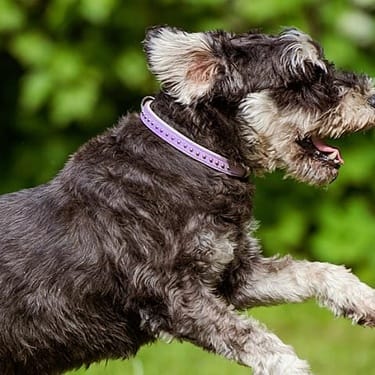
Gurgling tummies in turmoil are not good news for pets. Owners who have to clean up the unfortunate consequences, digestive problems are one of the rare downsides to owning a pet.
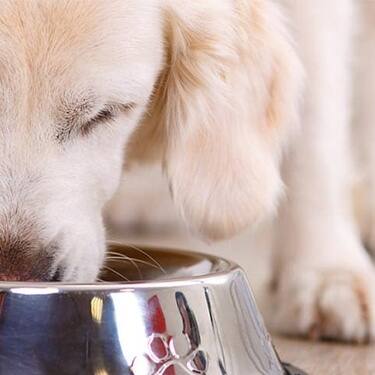
Explore the benefits of wet dog food and how it can improve your pet's wellbeing and happiness. For more nutritional insights, visit Hill's Pet UK.

Find the best nutrition for small breed dogs and what makes the perfect food choice for their health. Explore more guidance for small dogs at Hill's Pet UK.
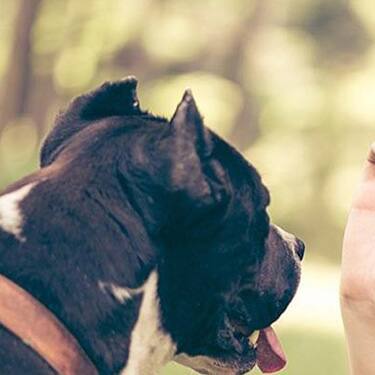
Learn what you can feed your pregnant or nursing dog to keep her and her new pups healthy.
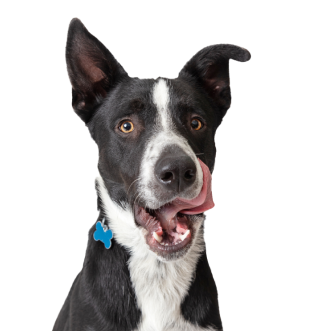
Put your dog on a diet without them knowing
Our low calorie formula helps you control your dog's weight. It's packed with high-quality protein for building lean muscles, and made with purposeful ingredients for a flavourful, nutritious meal. Clinically proven antioxidants, Vitamin C+E, help promote a healthy immune system.
Put your dog on a diet without them knowing
Our low calorie formula helps you control your dog's weight. It's packed with high-quality protein for building lean muscles, and made with purposeful ingredients for a flavourful, nutritious meal. Clinically proven antioxidants, Vitamin C+E, help promote a healthy immune system.

